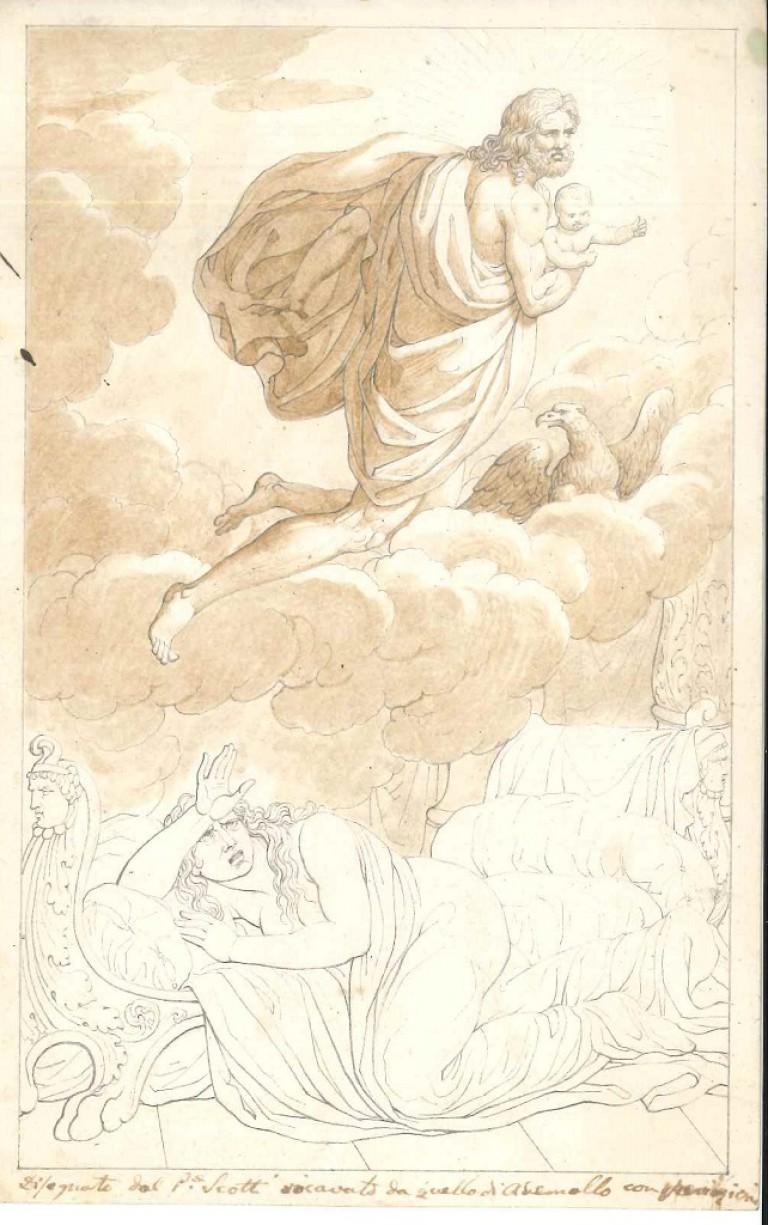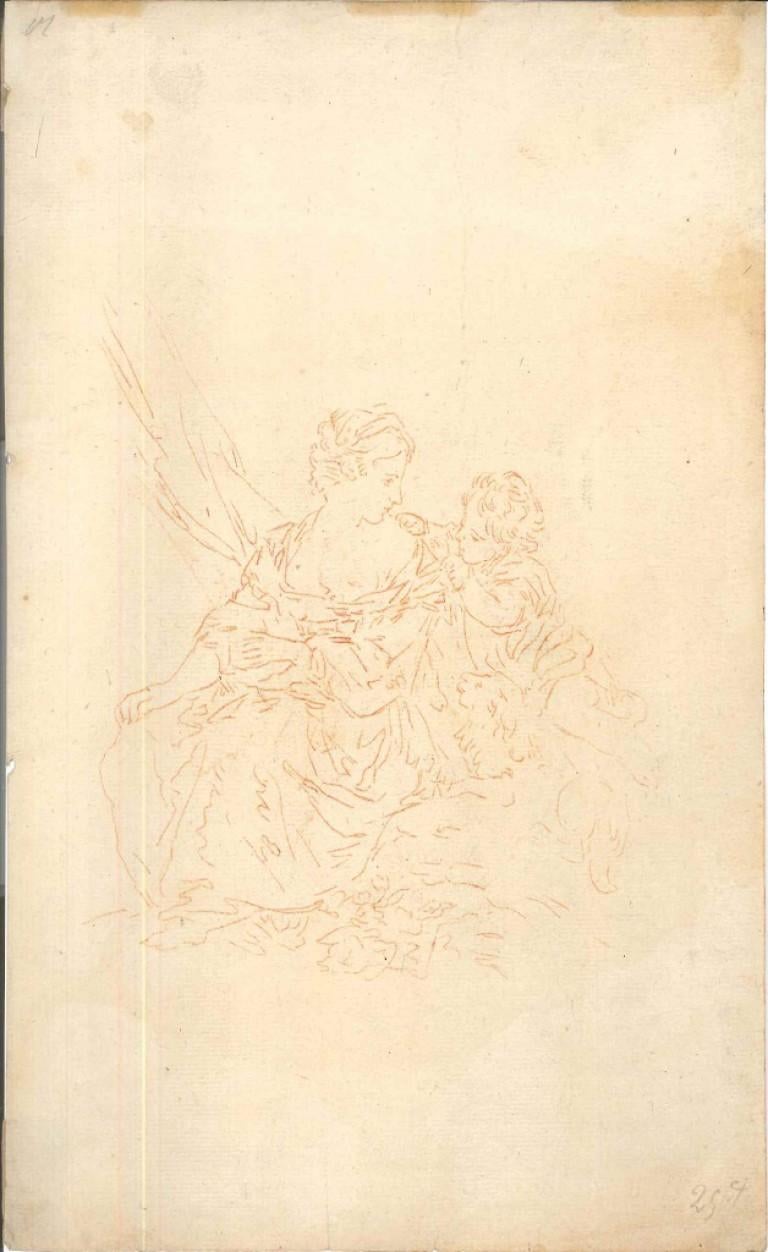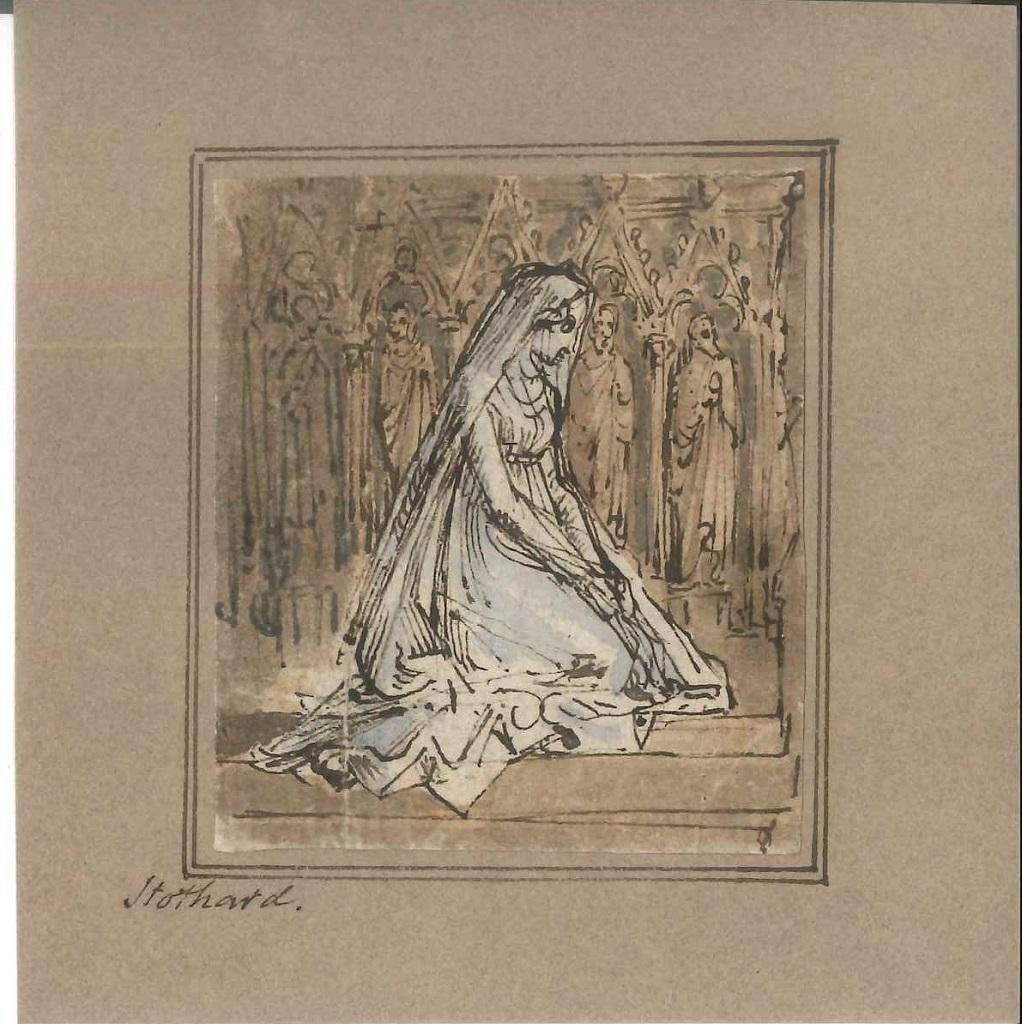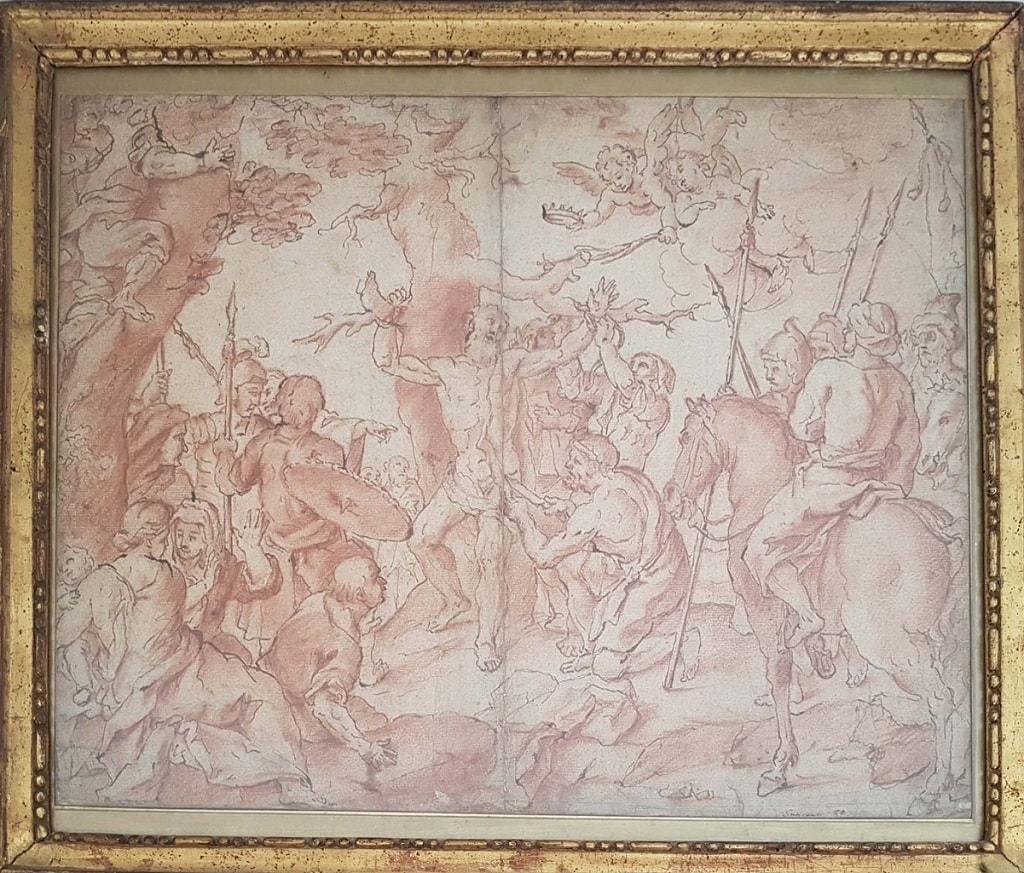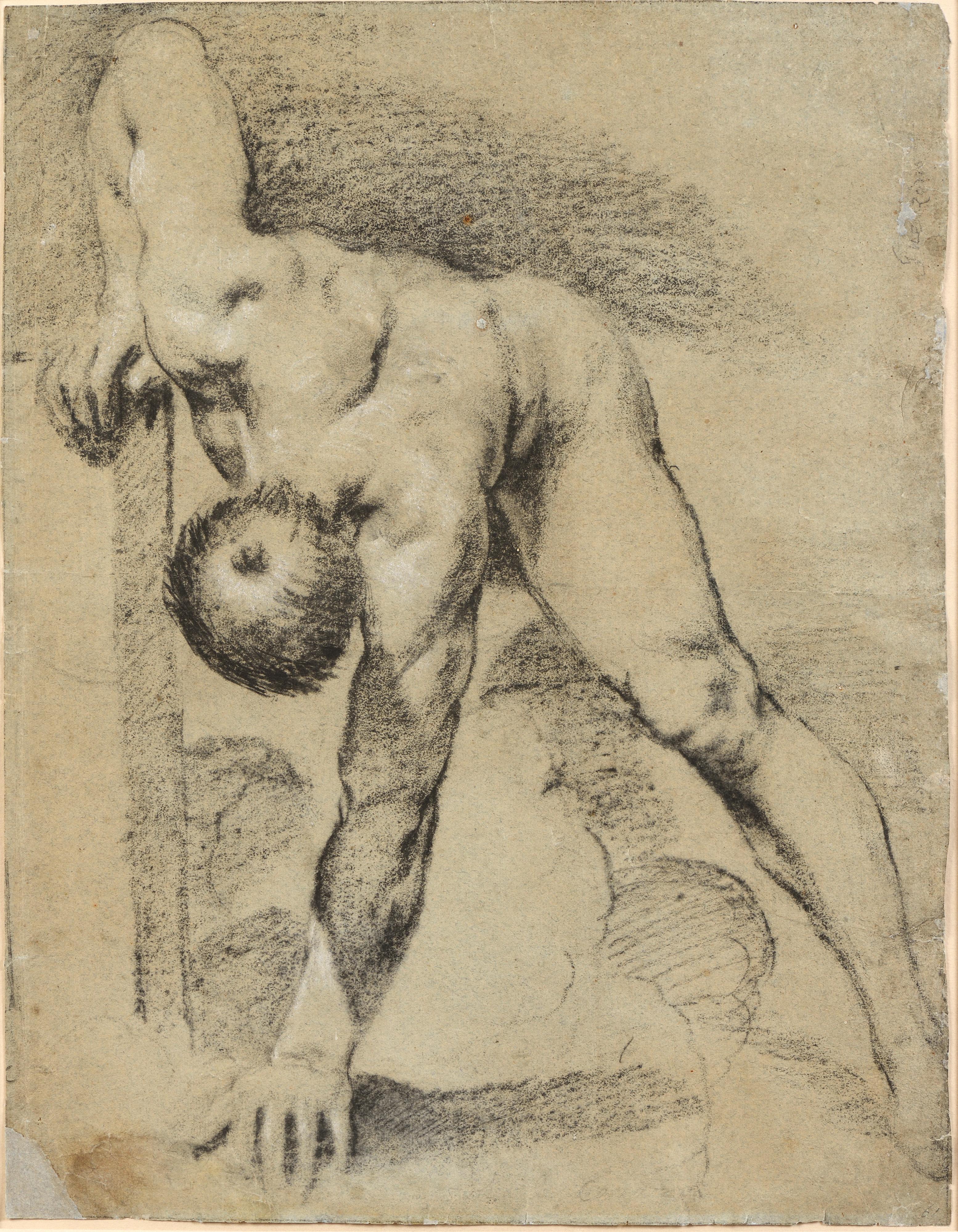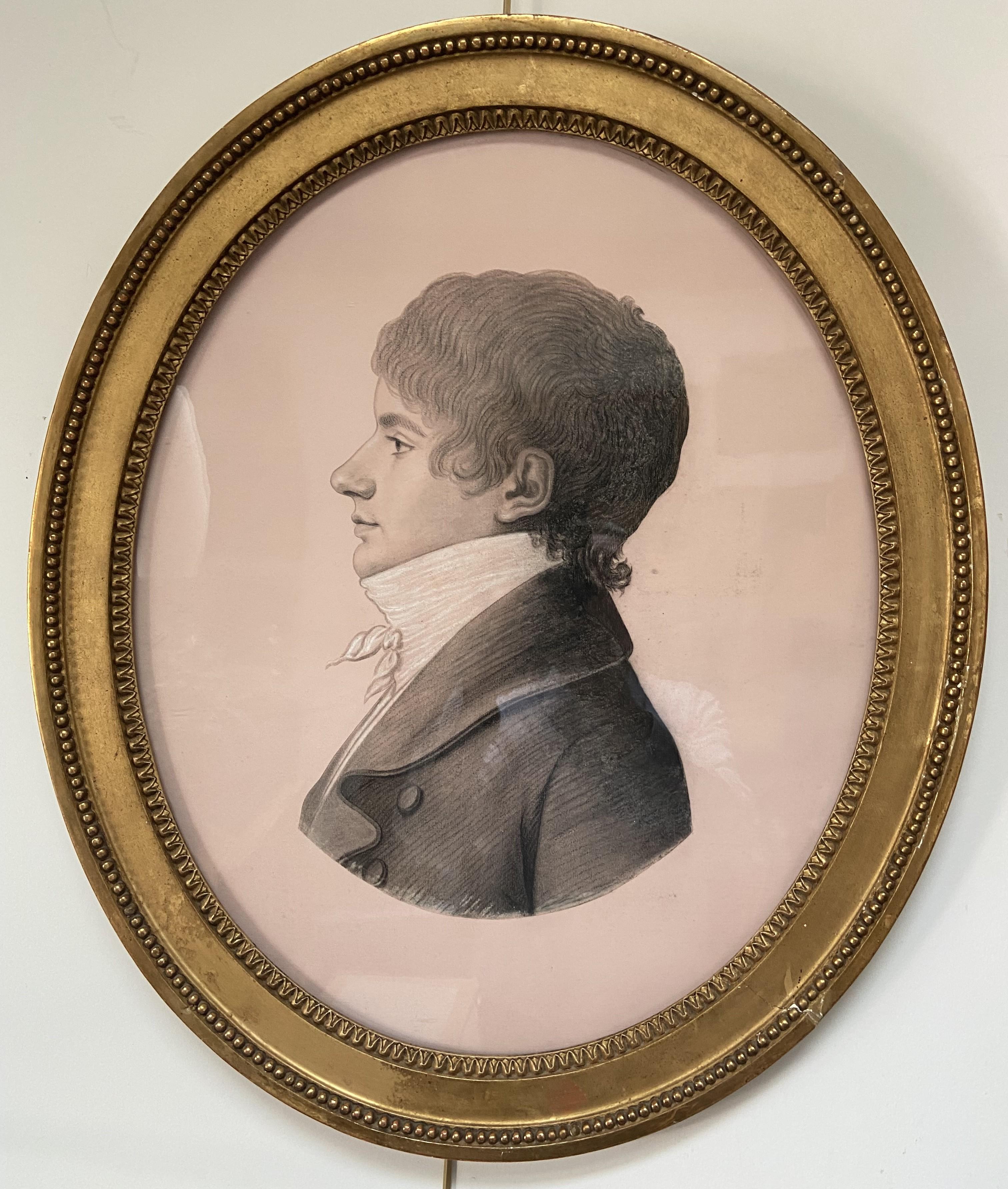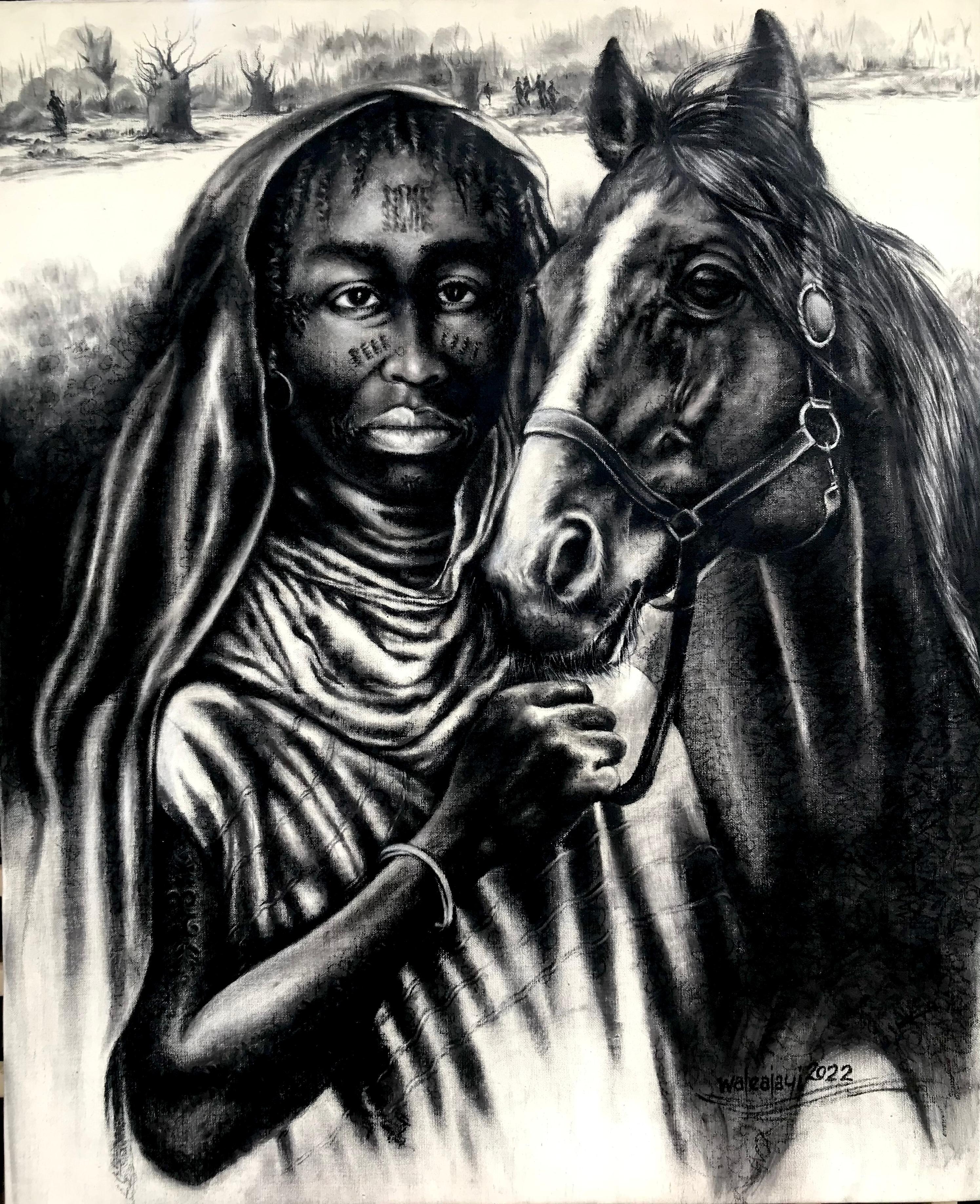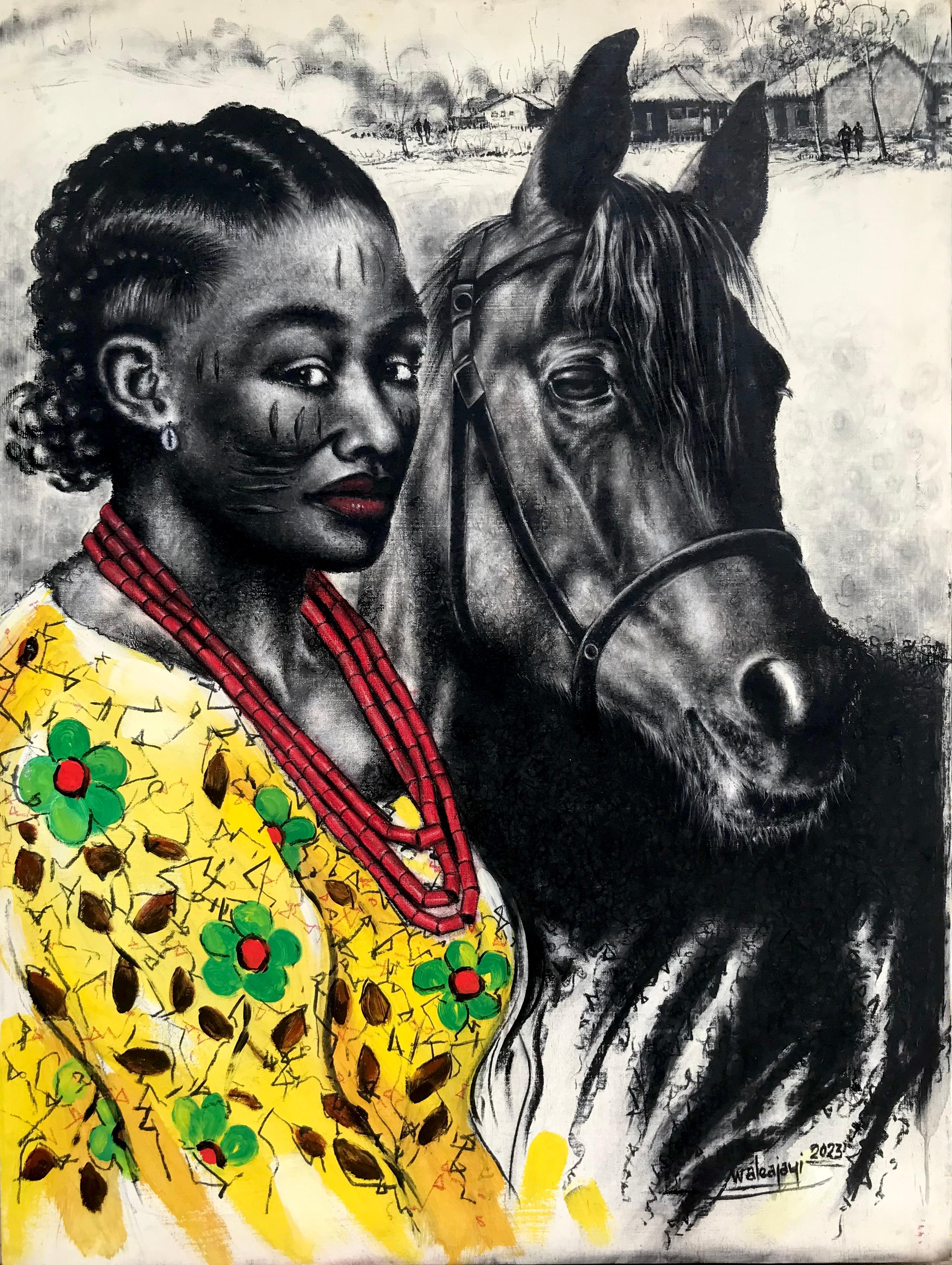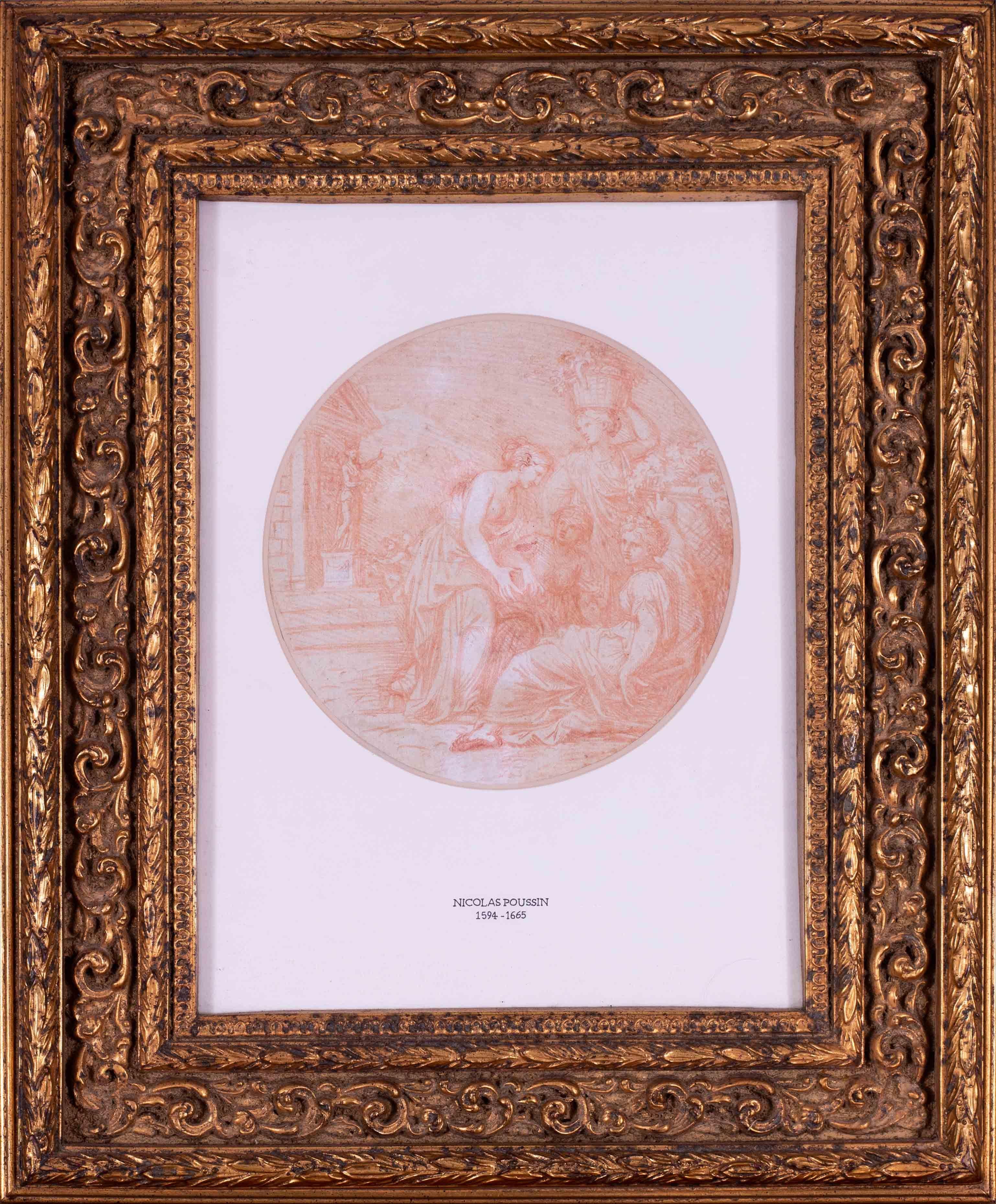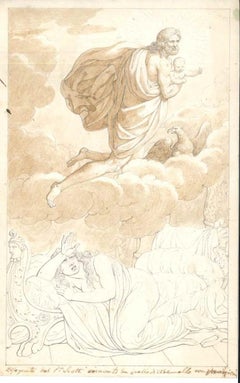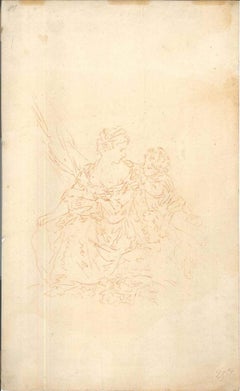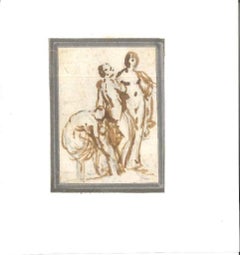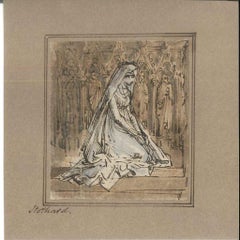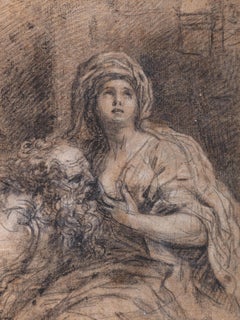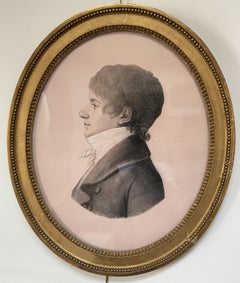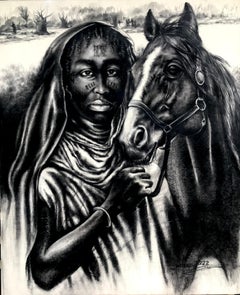
Anatomic study of Faces
View Similar Items
Want more images or videos?
Request additional images or videos from the seller
1 of 2
UnknownAnatomic study of Faces
Price:$1,200
$1,541.33List Price
About the Item
- Dimensions:Height: 7.88 in (20 cm)Width: 11.42 in (29 cm)Depth: 0.04 in (1 mm)
- Medium:
- Movement & Style:
- Period:
- Framing:Framing Options Available
- Condition:Insurance may be requested by customers as additional service, contact us for more information.
- Gallery Location:Roma, IT
- Reference Number:Seller: M-962681stDibs: LU65033455811
About the Seller
4.9
Platinum Seller
Premium sellers with a 4.7+ rating and 24-hour response times
1stDibs seller since 2017
7,603 sales on 1stDibs
Typical response time: 2 hours
Authenticity Guarantee
In the unlikely event there’s an issue with an item’s authenticity, contact us within 1 year for a full refund. DetailsMoney-Back Guarantee
If your item is not as described, is damaged in transit, or does not arrive, contact us within 7 days for a full refund. Details24-Hour Cancellation
You have a 24-hour grace period in which to reconsider your purchase, with no questions asked.Vetted Professional Sellers
Our world-class sellers must adhere to strict standards for service and quality, maintaining the integrity of our listings.Price-Match Guarantee
If you find that a seller listed the same item for a lower price elsewhere, we’ll match it.Trusted Global Delivery
Our best-in-class carrier network provides specialized shipping options worldwide, including custom delivery.More From This Seller
View AllMythological Subject - Charcoal and Ink Drawing
Located in Roma, IT
Mythological subject is a precious original drawing (black chalk, brush, and watercolor ink on ivory colored paper). Unsigned.
Inscription: "Disegnato dal P. e Scotti ricavato da que...
Category
19th Century Old Masters Figurative Drawings and Watercolors
Materials
Ink, Charcoal
Female figure with Child and Dog - Charcoal Drawing
Located in Roma, IT
Female figure with child and dog is a sublime original drawing (red chalk drawing on laid paper) by an exponent of the French School of the XVIII century...
Category
18th Century Old Masters Figurative Drawings and Watercolors
Materials
Charcoal
Female Nudes - Charcoal, Ink and Watercolor Drawing
Located in Roma, IT
Female Nudes is a fine original drawing (China ink and watercolor on paper). Unsigned. This artwork could be attributed to Thomas Stothard.
Although th...
Category
Mid-19th Century Old Masters Figurative Drawings and Watercolors
Materials
Charcoal, Ink, Watercolor
In a Gothic Church
Located in Roma, IT
In a Gothic Church is a beautiful original drawing (China ink and watercolor on paper). Hand-signed "Stothard" in brown ink on the lower left margin outside of the image.
Very sweet drawing representing a woman praying...
Category
19th Century Old Masters Figurative Drawings and Watercolors
Materials
Charcoal, Ink, Watercolor
Martyrdom of Saint Bartholomew - Drawing - 17th Century
Located in Roma, IT
Martyrdom of Saint Bartholomew is a precious original drawing (black and red chalk, pen and China ink on laid paper, laid down on canvas) realized by...
Category
17th Century Old Masters Figurative Drawings and Watercolors
Materials
Charcoal, Ink, Watercolor
The Adoration -Painting by Giuseppe Assereto - 1630
By Giuseppe Assereto
Located in Roma, IT
The Adoration is an original modern artwork realized by Giuseppe Assereto (died in Genoa in 1650) in the first half of the 17th Century.
Original Oil Painting on Canvas.
A 19th Century style gilded wood frame is included.
The Autograph of the work was confirmed by Camillo Manzitti.
Very good conditions. The frame is in excellent conditions too.
Reference:
C. Marcenaro, Pittori genovesi a Genova nel '600 e nel '700, Genova 1969, pp. 134 ; 135, n. 55.
Z. Wazbinski, Un Quadro Caravaggesco Di Gioacchino Assereto, in Prospettiva, n. 26, 1981, pp. 60 ; 63.
F. R. Pesenti, La Pittura in Liguria. Artisti del primo Seicento, Genova 1986, p. 397, nota 23.
A. Gesino, Tracce di Matthias Stom nel collezionismo tra la Sicilia e Genova, in Caravaggio e i genovesi, catalogo della Mostra a cura di A. Orlando, Genova 2019, pp. 182 ; 195.
The Adoration is an excellent example of the XVII Century Italian Painting. The style of the work denotes the suggestive influence of Assereto father's mature production, when influenced by Mathias Stom (Amersfoort, about 1600 - Sicily, after 1650) expresses dark sensibilities in a southern Italian style. In his works, however, there is an accentuated naturalism and interesting similarities with the production of Giovanni Benedetto Castiglione. Gioacchino Assereto died in 1650, while, according to Soprani, he was intent on painting a Last Supper for the oratory...
Category
1630s Old Masters Figurative Drawings and Watercolors
Materials
Oil
You May Also Like
Roman Charity (Cimon and Pero)
Located in Paris, Île-de-France
Michel CORNEILLE the Younger (Paris, 1642 – 1708)
Roman Charity (Cimon and Pero)
Black chalk with white highlights on beige paper
Height: 28 cm – Width: 20 cm
Unsigned
France, cir...
Category
Late 17th Century Old Masters Figurative Drawings and Watercolors
Materials
Paper, Charcoal, Chalk
Leaning Nude Man (recto); Kneeling Man, Hands Tied Behind His Back (verso)
By Giovanni Francesco Barbieri (Il Guercino)
Located in Paris, Île-de-France
GIOVANNI FRANCESCO BARBIERI, known as GUERCINO
(1591-1666)
Leaning Nude Man (recto); Kneeling Man, Hands Tied Behind His Back (verso)
Black chalk heightened with white on light blu...
Category
1620s Old Masters Nude Drawings and Watercolors
Materials
Chalk, Charcoal
Early 19th century French School, Portrait of a man in profile, oval drawing
Located in Paris, FR
Early 19th century French School,
Portrait of a young man in profile
charcoal on cut paper applied to pink tinted paper
Oval 58 x 47 cm (overall size) the portrait itself 41.5 x 28...
Category
Early 1800s Old Masters Portrait Drawings and Watercolors
Materials
Charcoal
Princess from the Savannah
Located in Ibadan, Oyo
The drawings showcase the beauty of the black women on one hand and also reflect the intimacy animals possess with females, especially horses, and princesses in royalty. They are muc...
Category
21st Century and Contemporary Old Masters Figurative Drawings and Waterc...
Materials
Canvas, Charcoal
$2,480 Sale Price
20% Off
Ayanfe Omo Oba
Located in Ibadan, Oyo
The drawings showcase the beauty of the black women on one hand and also reflect the intimacy animals possess with females, especially horses, and princesses in royalty. They are muc...
Category
21st Century and Contemporary Old Masters Figurative Drawings and Waterc...
Materials
Canvas, Charcoal
$2,840 Sale Price
20% Off
Allegory of the Treaty of Angoulême, a drawing attributed to Donato Mascagni
Located in PARIS, FR
We would like to thank Mrs. Ursula Verena Fischer Pace for suggesting the attribution to Donato Arsenio Mascagni.
We were immediately seduced by the rich tonalities of this allegory...
Category
1620s Old Masters Figurative Drawings and Watercolors
Materials
Ink

